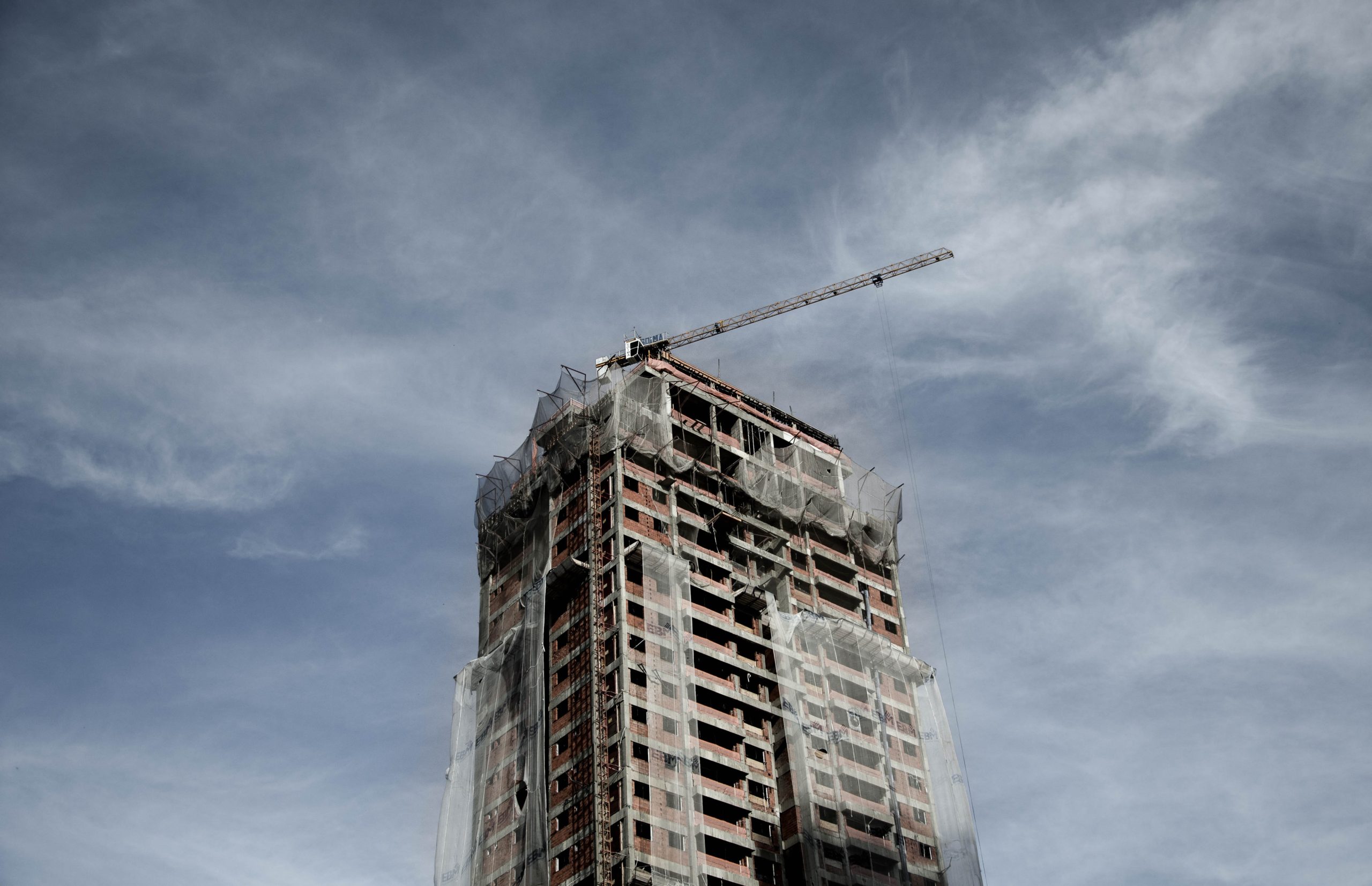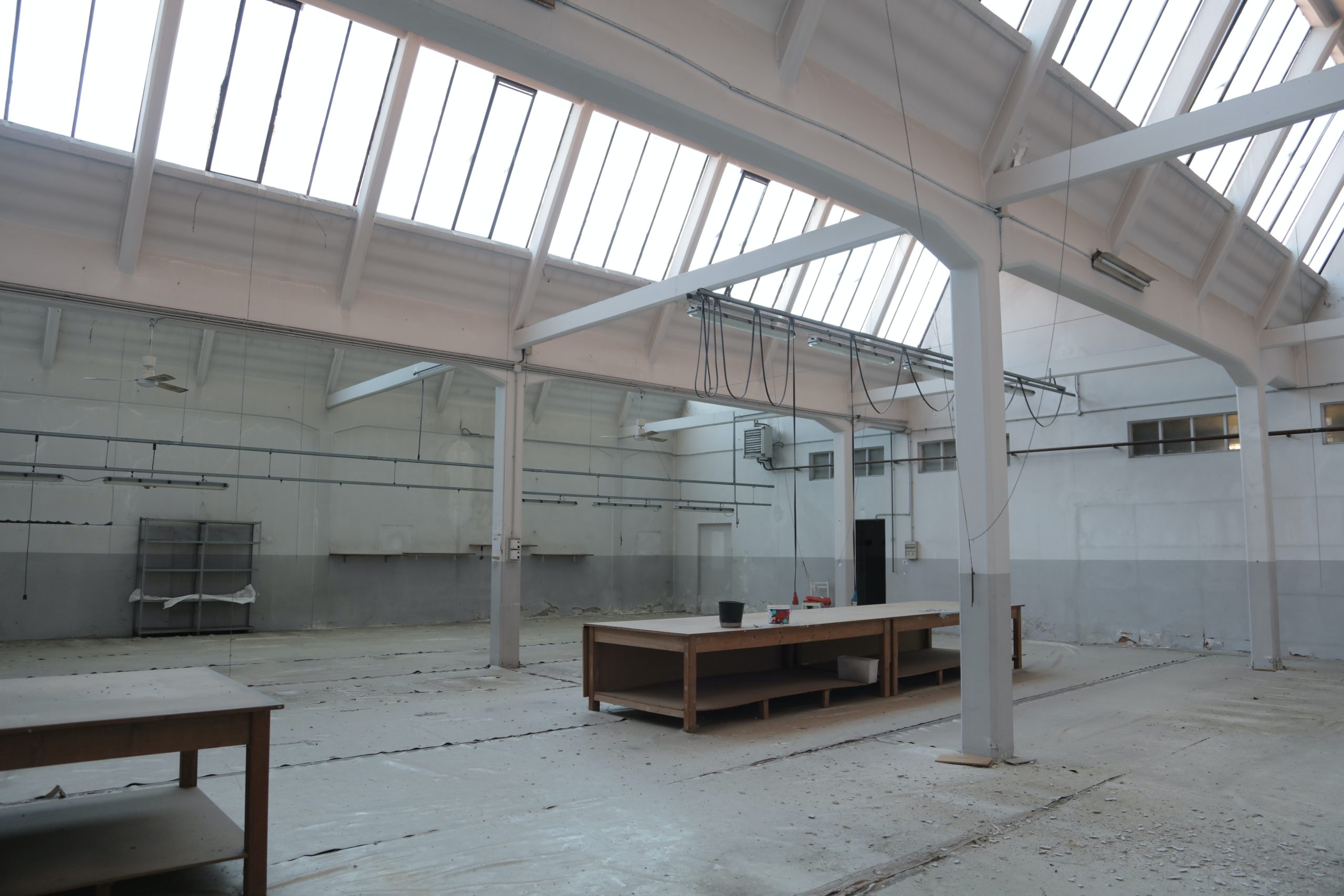
To have a solid and safe building, you must construct its structural components. And the group of activities in building construction for the parts placed above the ground is called superstructure. On the other hand, it is a substructure if you refer to components that form below it or supports to stabilize the building.
Overview of superstructure activities
Generally, superstructure activities in a building’s construction refer to installing walls, floors, roofs, ceilings, etc. It is a portion that is more visible and familiar to everyone.
In terms of process, the superstructure’s activities may run for weeks to several months, depending on the project’s complexity. Here are some typical superstructure activities:
Setting up the formwork – Formwork is a temporary framework that supports and shapes concrete as it sets and cures. It consists of formboards, which are put together by vertical members such as columns, posts, or stakes.
A well-designed formwork helps to ensure that it is durable to withstand the weight of the wet concrete and any loads placed on it during construction. Additionally, it can prevent water infiltration into the concrete during and after curing.
Pouring and curing the concrete – Curing is essential and must be done correctly. Improper processes can lead to concrete cracking, crumbling, or deterioration over time. An example of a good curing process is allowing the concrete to stay in contact with water or moist materials for an extended time. Moisture should penetrate the concrete and create a strong bond.
On the other hand, post-curing may involve using steam, hot air, or radiation. These can further speed up the hardening process and strengthen the concrete.
Placing reinforcing steel into it – Reinforcing steel bars are placed in the form of bars or mesh. These are tied together and embedded into concrete in a specific pattern for maximum strength. Usually, structural engineers do calculations for this to determine where and how many reinforcing steel bars are needed. Moreover, the type of bar used depends on the size of the structure, its usage, and loading conditions.
Assemble the components of the structure – This set of activities is the most typical in the superstructure. It is where put together the following:

- The Walls are typically the tallest component of any building’s superstructure. These provide structural support and protection from the outside environment.
- Roofs protect building occupants from rain, snow, and other weather. These also keep the interior of the building cool in warm climates.
- Ceilings provide insulation and sound control in a building.
- Doors and windows serve as access to the interior of a building. These components are also essential for the building to have light and ventilation.
- Beams and columns are load-bearing elements that transfer the weight of a structure from the foundation up through its walls and roof.
- Stairs offer accessibility between different levels of a building. Their sizes and shapes are according to the design, the same as the materials to use.
Post construction reminders
Besides these, there should also be activities that involve securing the condition and connections of components. These can produce a complete building structure. For example, you can install insulation and braces. It is also ideal to do periodic inspections and maintenance in the entire building. These actions can promise structural integrity and safety of the building. Moreover, these further ensure an aesthetically appealing and safe space for its intended use.
